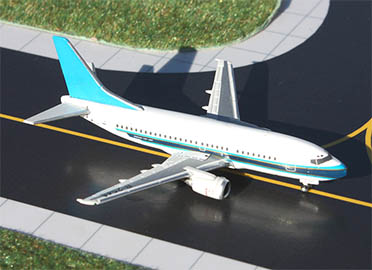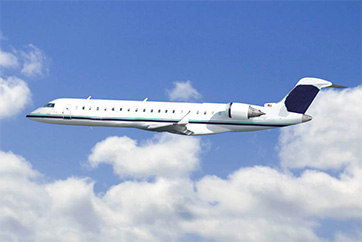Common Mode Analysis
- Independence may be required to satisfy system safety objectives. CMAs are used to evaluate the degree of independence between two or more items, circuits, functions, etc. Each set of items, functions, et al. is referred to as an independence principle.
- The independence principles are identified during the PSSA and derived from the AND-gates in the CATastrophic FTAs. Basically for every CAT FTA AND-gate a CMA is needed to show that the basic events of the AND gate are independent from failures that might be caused by common sources, e.g. same power source, ambiguous requirements, same manufacturer, EMI, etc
- For each common mode source identified in the main CMA worksheet, a second analysis is performed and documented (in a different worksheet) that identifies the controls / factors, e.g. power supply redundancy, manufactures experience, independent requirements reviews, etc. that mitigate the vulnerability to the extent possible.
- There are two kinds (or levels) of CMA frequently used in the aerospace industry. Both kinds consider common mode sources emanating from Design, Maintenance and Manufacturing, Installation and Integration on aircraft, Operation, Environmental sources, etc.
- The first kind of CMA is fairly general and may be comprised of a single CMA addressing the critical functions of the unit / equipment / item in a single analysis. Depending on the complexity of the equipment, however, this approach is commonly found to be insufficient in level of detail to thoroughly evaluate all pertinent independence principles. The second kind of CMA is more detailed and is specific to a given independence principle and considers the effects of 50 to 75 different common mode sources.
- Parnassus has performed CMAs, of both kinds, for electro-mechanical, hydraulic and electronic items and systems currently flown on commercial and military jets.


